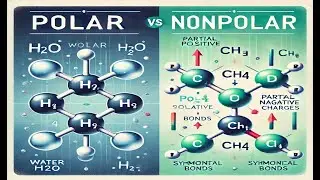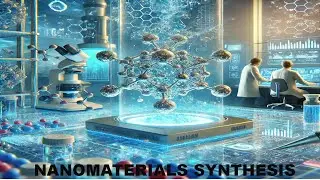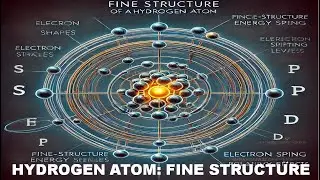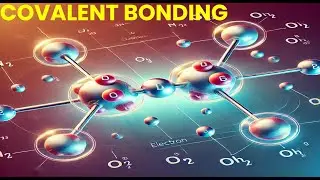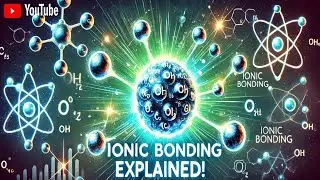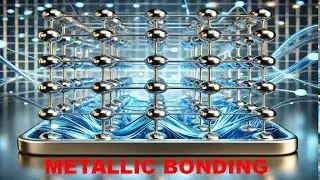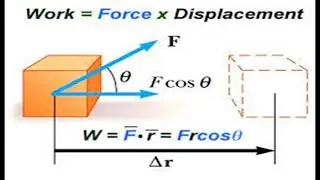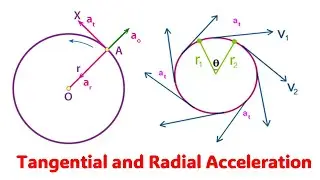Metallic Bonding
@PhysicsMaterialsScienceandNano
Metallic Bonding #metallicbond #chemicalbonding #chemicalbondingandmolecularstructure
A Metallic Bonding is a type of chemical bonding that occurs between atoms within metals and alloys. It is characterized by the delocalization of electrons within a sea of positively charged metal ions. Here's a detailed description:
1. **Electron Sea Model**: In metallic bonding, metal atoms donate their valence electrons to form a "sea" of delocalized electrons. These electrons are not bound to any particular atom but are free to move throughout the entire metal structure.
2. **Positive Metal Ions**: The metal atoms themselves become positively charged ions when they lose their valence electrons. These ions are closely packed together in a regular, crystalline structure.
3. **Bonding Mechanism**: The attraction between the positively charged metal ions and the negatively charged electron sea creates a strong electrostatic force, known as metallic bonding. This bonding is responsible for many of the characteristic properties of metals, such as high electrical and thermal conductivity, ductility, and malleability.
4. **Nature of Bonding**: Unlike ionic or covalent bonds, metallic bonds do not involve the sharing or transfer of electrons in a fixed pair. Instead, electrons move freely throughout the metal lattice, allowing metals to conduct electricity and heat exceptionally well.
5. **Properties**: The presence of delocalized electrons accounts for the shiny appearance of metals (due to reflection of light by the electron sea), their ability to be hammered into thin sheets (malleability), and drawn into wires (ductility). These properties arise because the movement of electrons allows metals to adjust to external forces without breaking the metallic bond.
6. **Alloys**: Metallic bonding is also responsible for the formation of alloys, where different metals or non-metallic elements are combined. Alloys can exhibit unique properties tailored to specific applications, such as increased strength or resistance to corrosion.
In summary, metallic bonding is a fundamental concept in materials science and chemistry, explaining the cohesive forces that hold metals together and giving rise to their distinctive physical and chemical properties.
#MetallicBonding
#ElectronSea
#MetallicProperties
#DelocalizedElectrons
#MetallicStructure
#Alloys
#Conductivity
#Malleability
#Ductility
#materialsscience
Metallic bond
Electron sea model
Delocalized electrons
Metallic lattice
Conductivity
Ductility
Malleability
Electrical conductivity
Thermal conductivity
Metallic properties
metallic bonding,
metallic bonding chemistry,
metallic bonding animation,
metallic bonding grade 10,
metallic bonding grade 9,
metallic bonding tyler dewitt,
metallic bonding in amharic,
metallic bonding and metallic properties,
metallic bonding organic chemistry tutor,
metallic bonding a level chemistry,
metallic bonding ib chemistry,
metallic bonding and alloys,
metallic bonding and band theory,
metallic bonding a level,
metallic bonding and its properties 1,
metallic bonding and weak chemical forces bsc 1st year,
metallic bonding applied science,
metallic bonding and weak chemical forces,
a level chemistry metallic bonding,
aqa gcse chemistry metallic bonding,
allery chemistry metallic bonding,
animation of metallic bonding,
aqa a level chemistry metallic bonding,
applied science metallic bonding,
non metallic substances and covalent bonding,
chemical bonding ionic covalent and metallic,
ionic and metallic bonding,
metallic bonding bozeman,
metallic bonding bsc 1st year,
metallic bonding band theory,
metallic bonding band model,
metallic bonding bsc,
metallic bonding bands,
metallic bond by physics wallah,
metallic bond b.sc 1st year,
metallic bond bsc 1st year in hindi,
metallic bond by najam academy,
band theory of metallic bonding,
band model of metallic bonding,
band theory of metallic bonding bsc 1st year,
bozeman science metallic bonding,
btec applied science unit 1 chemistry metallic bonding,
bonding in solids covalent and metallic bonding engineering physics,
brief introduction to metallic bonding











